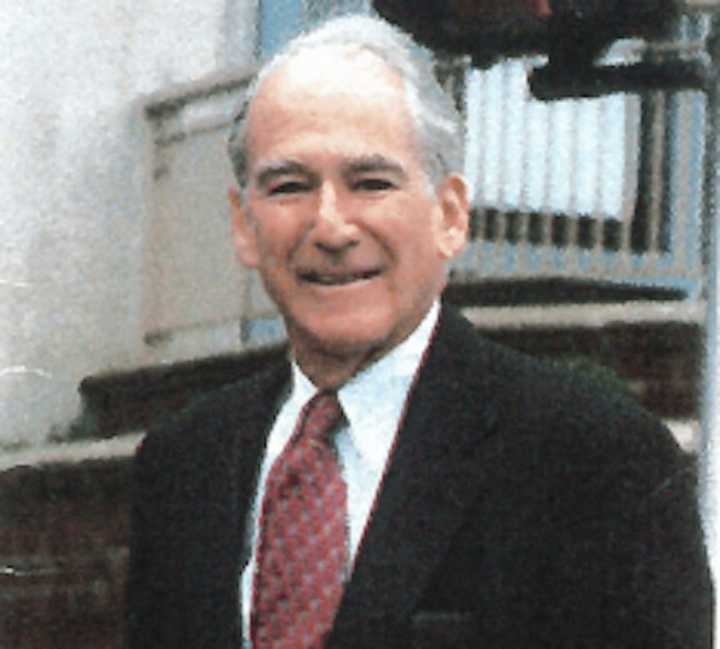Shamberg was born on April 4, 1926, in New Rochelle, where he grew up as the son of Herbert and Nita Shamberg. After graduating from New Rochelle High School in 1944, Shamberg joined the U.S. Navy and served in World War II. Upon his discharge from the Navy, he attended Cornell University on the G.I. Bill, graduated in 1951 and returned to Cornell to obtain his law degree in 1954, working his way through college and law school at various jobs.
The longtime prominent land use lawyer in Westchester County took the New York bar exam in 1954 to the sound of a constant jackhammer outside the examination room. While this distraction upset many of the other applicants, Shamberg, just smiled, having worked his way through school as a jackhammer operator.
"Stu was a giant of a man and our profession," Shamberg's partner of many years, Dan Hollis said. "He created, and left, a legacy of excellence for our firm which we are all duty bound to pass forward."
Shamberg was known for many progressive changes in land use in Westchester and the New York area, among them the 1976 New York Superior Court case, Berenson v. the Town of New Castle. The Berenson case effectively eliminated exclusionary zoning in the State of New York.
When not working, Shamberg enjoyed playing tennis and golf. Most of all, he was a family man of greatness and his spirit will live on within his family members, his many friends and all those at Shamberg Marwell.
He is survived by his wife of 44 years Paula W. Shamberg, along with his three children, Steven Shamberg, Jane Saunders and Aaron Shamberg. He is also survived by his three stepchildren, Sarah Pember, Tom Phillips and Mike Phillips, nine grandchildren, and one great- grandchild.
A memorial service is being planned for April 4 in Mystic, Conn., on what would have been his 91st birthday.
Click here to follow Daily Voice New Rochelle and receive free news updates.
